Solar Winter + New Moon: Black Mass
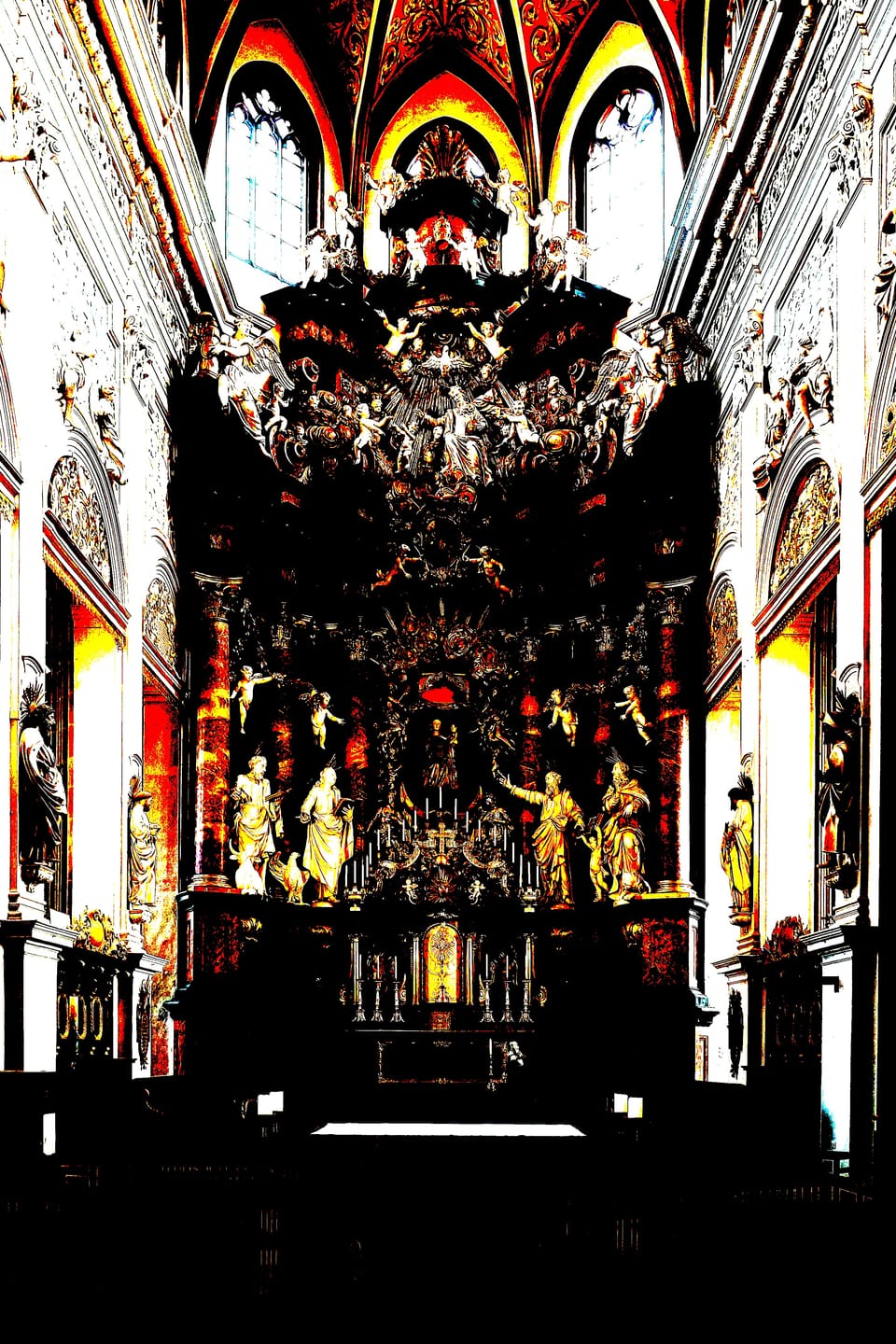
It's Friday, and it's Calan Gaeaf — or Samhain to many of you. Hello.
From an animist or pagan perspective, I typically describe this day and the nights that surround it as a time when the veil to the Otherworld is particularly thin and we can rejoice in communion with our ancestors. But living as I do within a modern context, I am well aware of how the most conservative Christians, especially among Protestants, consider this holiday and even its pop culture equivalent of Halloween to be an excuse for Devil worship, forbidding their own children to take part; and whether or not someone believes a witch is inherently satanic, it's commonly agreed upon in our society that if witches do exist, they go flying on All Hallows.
Because I wholeheartedly embrace satanic witchcraft, recognizing in the Devil a new, anti-authoritarian, trickster guise for an older multi-faced god, I see no reason to dispute that Satan walks in the open on these dark nights, or that I've danced with him around this time in a much more violent and fearsome way than during the rest of the Wheel of the Year. However, while those rites are too occult for me to describe in great detail here, I've imagined that this year, beneath the ecstatically void New Moon, I should write out what I think of that most notorious of satanic rituals, presumed to belong on at least this holiday if not others: the Black Mass. For I both have and haven't taken part in such a thing, and I believe very few people can really agree about what a Black Mass would be.
Distinguishing the Black Mass from the witch's sabbath
I could approach the Black Mass from a number of directions, but the first question in my mind is really to ask where the witch's sabbath ends and the Black Mass begins. As far as some people — not limited to Christians, and also not comprising all Christians — are concerned, there's no difference between these concepts at all, but to me the phrases suggest two overlapping but distinct realms of activity.
The witch's sabbath is a (mostly) post-Reformation concept of a gathering of predominantly female witches, probably in the woods, probably naked, probably dancing; Satan himself may appear, but whatever else they get up to there, popular imaginings seem to center around elements of folk magic, with the participants either concocting/consuming/imbibing strange herbal substances, performing divinatory acts, enacting spells, figuratively-to-literally hopping on broomsticks and flying around, or sacrificing children. These supposed rituals do not necessarily express an opposition to Christianity in any symbolic realm except for if the witches actually engage (usually sexually) with the Devil, and even then they aren't treating Christian rituals in a sacrilegious way as the phrase "Black Mass" would suggest.
Of course, the witch's sabbath has been code throughout the centuries for various antisemitic myths[1], and since the ultimate antisemitic view is that Jews are antithetical to Christianity, there is at least this element to consider — but such associations have also been diluted over time. It also seems equally clear that because of the purported activities in most such sabbaths, this concept might integrate lingering memories of pagan traditions like the roving Mainades[2] or the Wild Hunt. All told, modern witches often seem to have no problem referring back to the witch's sabbath — sometimes renamed a sabbat as in Wicca — positively, even when these witches would not self-describe as satanists.
By comparison, I think a Black Mass implies something where the very point is Devil worship, and where the activities involved are set in some kind of inverted, oppositional relationship to a typical Mass (Catholic or otherwise) and thus symbolically negate Christianity as a whole. Elements from the stereotypical witch's sabbath might likewise feature, but I imagine less emphasis on pieces of folk magic and more emphasis on that which is explicitly oriented toward Satan, perhaps something like the notorious osculum infame.[3] Speaking of a Black Mass also leaves the nature of the participants open-ended; they might be witches, but they might be much more like ceremonial magicians or something else.
Having said all of this, I should still acknowledge that it can still be rather hard to tease apart fully separate aspects of the witch's sabbath vs. the Black Mass. There is so much variability in how either event is described in older sources, depicted in contemporary media, or conducted by real people today. Quite importantly, even though there are those real iterations of sabbaths, sabbats, and Black Masses alike, their inspiring documents were Christian-produced, panic-laden speculations about what witches and/or satanists got up to in their free time; even accepting as I do that post-Roman through early modern Europe was never actually devoid of people who preserved fragmented, syncretized pagan animist practices, or that Satan may have had his devotees for a very long time, Christian rumors on such topics are not to be trusted any more than 1980s Satanic Panic fearmongering about Dungeons & Dragons.[4] Trying to distinguish what a Black Mass "is" from what a witch's sabbath "is" presumes there's a historical standard to hold ourselves to, even though there isn't.
So although I've chosen to primarily conceptualize a Black Mass herein, I won't forbid someone from mapping my understanding onto a witch's sabbath as well. I only wanted to lay out some connotations that have led me to favor calling this thing a Black Mass in particular. To be honest, I am not entirely comfortable speaking of a witch's sabbath since for me personally the antisemitic origins have not totally evaporated; but above and beyond that, a Black Mass holds greater appeal because of how my witchcraft is my satanism and my satanism is my adversarial stance toward all hierarchical Christian institutions.
From that position, I will now examine the invention of the Black Mass by such a name.
A history of Black Masses, both speculative & deliberate
For as long as Christians have conducted rituals summarized as Mass[5], there have been people practicing variants — or rumored to be practicing them — which central authorities have regarded as sacrilegious or at least heretical. The most advanced and potent evolution on this front was when Protestantism emerged and largely replaced Mass with different forms of Sunday[6] services that weren't even called Mass at all, with the exception of the oldest Protestant denominations like Anglicanism and Lutheranism. As far as Catholics are concerned, the absence of Mass is a heresy; as far as most Protestants are concerned, Mass was its own sin, rife with idolatry and feigned cannibalism. I'm speaking very reductively, but I think the contrast is worth making.
In any case, a lot of finer hairs have been split over Mass than just what happened on a macro scale in the 16th to 17th centuries. To mention some of these incidents, I should probably summarize a typical modern Catholic Mass for any readers who have never attended or studied it; this description doesn't account for how this Mass has evolved over the millennia and is not the only form out there, but with the roughest possible strokes I will still paint some picture for you: the supreme, fundamental purpose of Mass is for the worshipers to consume the Eucharist, which is composed of bread (in modern Catholicism usually a thin wafer) and wine. These substances, once they've had the proper actions performed over them by a priest, are regarded as the body and blood of Jesus — not representational, but literal. To consume them is to be in communion with him and with all his followers. Many steps are required during Mass, however, before this sacrament can actually occur.
- First, the priest must enter the space of worship, generally the nave of a church, and approach the altar accompanied potentially by other ordained individuals and non-ordained assistants. Once near or at the altar, the priest will go through a few ritual motions and verbal blessings.
- Then he invites the congregation to confess their sin, not in detail but in the abstract, and there is a group activity for this purpose, and the priest then implicitly absolves the more "minor" sins that don't require formally going to confession and being assigned penance.
- Several ancient hymns are sung or chanted, and then the priest or someone else who's authorized to do so (like a deacon) reads from two to three selected Bible passages that are usually uniquely chosen for this occasion; first the Old Testament, then potentially something in the New Testament outside the Gospels, and lastly something from the Gospels themselves.
- Based on these readings, the priest then gives a sermon (called the homily).
- From here, everyone professes their faith, predominantly through reciting the Nicene Creed, and then the priest can finally begin the elaborate sequence of actually preparing the Eucharist — a combination of prayers, hand-washings, hymns, and reciting the biblical verses of the Last Supper in which Jesus exhorts his disciples to eat his body and drink his blood through the bread and wine in that context.
- By the time all of this is over, the Lord's Prayer must still be recited as a group, and congregants also ritually turn to one another to offer each other a sign of peace (like a kiss on the cheek, or a handshake), but then at last the Eucharist can be bestowed.
- Most people present will now queue up to receive the Eucharist, but only if they are baptized Catholics, if they have not been excommunicated, and if they are not considered to be in a state of mortal sin. Unlike in some other Christian sects, it is sacrilegious to partake in communion as an outsider. Meanwhile the ways that the Eucharist is actually given to people are variable.
- Once this sacrament is completed for all participants, final prayers, announcements, and blessings are given, and the congregation is dismissed although some may casually linger on the premises to take care of other things.
Throughout this entire experience, nowadays most components are performed in the congregation's native language, not Latin, but some of the hymns are still in Latin (or in one case Greek). And yes, as is much stereotyped, there are various choreographed positions everyone needs to hold in their pews, sitting vs. standing vs. kneeling, at different times. All told, the service takes an hour on Sundays, less when conducted on other days of the week (which does happen although only the most devout are interested), and in my experience this is not as stupefyingly slow as some would have you believe — but an hour is an hour, and at the time I was aided by the enthusiasm of a new convert.
Given all of these steps, there are many points at which someone might invent their own version of a component that's caught their fancy, or at which a change might organically evolve somewhere, just as ordinary language changes subconsciously over time. But deviation is exactly what heresy is founded upon. From the earliest Christian centuries into the medieval period, reports circulated of fringe sects using menses and/or semen for the Eucharist instead, or of priests who would use a Mass-like ceremony to bless farms and harvests instead of its intended purpose, or of parody Masses where particular hymns or prayers or blessings were substituted with comedic alternatives. The first example with the Eucharist probably can never be confirmed, but the other cases are well-documented.
Note how within this timeframe, the Church's concern appeared to be around people failing to respect Mass, but not necessarily around people conducting blasphemous versions of Mass with explicitly satanic aims. This correlates with how contrary to popular imagination, a large portion of the Middle Ages was spent without much interest in fighting witchcraft — the great spiritual battle was in the Crusades, not at home. Following the Black Death, however, many things changed. In the wake of that catastrophic socioeconomic disruption, bigotries like antisemitism and misogyny flared up, and forces were in motion that would lead to the sundering of Europeans' relationship to their own landscape, a great de-animizing and de-indigenizing. And as the witch hunts began in earnest thanks to publications like the Malleus Maleficarum, so too sprouted more serious ideas of how someone might corrupt the Mass.
Now such ideas included a priest making the Sign of the Cross with his left hand instead of his right, and the Eucharist being made of a turnip slice dyed black, and holy water made from a goat's urine, and the Devil being venerated directly, including as a he-goat who might also have sex with female followers. Into later centuries, French writers in particular started to focus on these blasphemous fantasies and were probably responsible for coining the actual term Messe noire (Black Mass). Such explorations, typically featuring even more creative ways to desecrate the Eucharist, can even be found in the works of the Marquis de Sade[7], but are enshrined most significantly in the novel Là-bas by Joris-Karl Huysmans, whose climactic moments are a full depiction of a Black Mass, scandalizing many readers.
This was written all the way into the late 19th century, by which point the great occult revival had been well underway and ideas about a Black Mass had already been fermenting for a while. However, because of its historical positioning, Là-bas arguably serves as the bridge from the Black Mass as a purely imagined phenomenon to an actually practiced ritual, as occultists of its era and future satanists would look to the novel for direct inspiration. At the end of this road — so far, anyway — we now have a plethora of not only literature, film, and television that depict Black Masses (by such a name, or close enough), but also various satanic occult traditions that have chosen to conduct some rite or another that they also name a Black Mass.
There is still not one single canonical version of this Black Mass, though. A major example is certainly the Black Mass outlined by Anton LaVey for his Church of Satan, which he describes not as the default format of any satanic ritual but rather "a parody on the religious service of the Roman Catholic Church" to serve as a "psychodrama." I have my severe differences with LaVeyan Satanism, of course, but I do appreciate that this framework highlights the purpose of a Black Mass as something anti-Christian, weaponizing the hegemonic religion's fears against them. At this point it also seems like the various Black Mass formats that I've encountered tend to very directly copy the steps of the normal Catholic Mass, right down to the language used — only with intentional substitutions to warp the semantic outcome, such as might be found in this lyric by the band Ghost: "Our Father who art in hell, unhallowed be thy name. Cursed be the sons and daughters of thy nemesis who art to blame. Thy kingdom come, NEMA!" (Nema being Amen backwards).
More often than not, too, I think that when someone pictures a Black Mass today they now imagine that in addition to the linguistic corruptions and obvious physical defilements one might perform with the Eucharist like smearing it with any number of bodily fluids (returning to that early Christian fear for more sinister ends today), there is probably some manner of deviant sexual activity taking place, whether that be all attendees devolving into an orgy at some point or one lone woman (inevitably young and attractive) serving as a naked sacrifice, placed in congress with the Devil himself or made the object of a gangbang, perhaps even killed at the end. The further someone entertains ideas in that direction, the more likely it is that this person either a) has some severely dangerous ideas about sex, consent, and religion, or b) is one of those Christians who's scandalized by the whole thing on paper but deeply horny about it in private. Nevertheless, for those of us who are honest and enthusiastic about our kinks and our satanism alike, without desiring to ever actually violate someone or follow through on snuff fantasies, it's of course very tempting to eroticize and queer up our Black Mass prospects in a more ethical way.
Which brings me to my own personal interpretations and closing thoughts, although I promise they aren't as lurid as the preceding paragraph might suggest.
From inverting the sacrament to inverting the Great Rite
I have never conducted a Black Mass with any of the components discussed so far. And as much as I enjoy the concept of a Black Mass as a means of resisting Christianity's religious hegemony, I am not simply the kind of satanist whose very object of devotion is an absence of the Christian god. Here my animist side comes back into play. Satan is my god but he is also merely a psychotechnology for undoing colonial Christianity and rekindling relations with the divine-in-all-things.
For me, therefore, the Black Mass is a rite that must be performed for more than shock value, or if it is performed for shock value the value itself must hold a place in wider cosmology. And when I think of a great, blasphemous sacrament wherein perhaps the contents of a chalice are consumed as an act of destruction rather than revering creation, and wherein perhaps there is some sexual or at least highly erotic aspect to what participants undergo — I think not only of some ideological contrast to the real Mass, but of a complementary contrast to that which many fellow witches, especially Wiccans, name the Great Rite.
The Great Rite is a fertility ritual above all, and it can be performed symbolically through lowering the blade of an athamé into a chalice, merging the polarities of fire and water (or, in the right context, "male" and "female"); it can also be performed much more literally through the sexual congress of priestess and priest. If I were better grounded in Wicca I could explain more of how this rite functions and what its conceptual aim is within that specific religion, but in terms of general inspirations it has been developed through many anthropological and archaeological beliefs (some well-founded and some not) in how humans have often linked ourselves to the land, and sought fertile land, through the bodily language of our own procreation.
This forms an integral part of my own practices, but it is missing something on its own. To everything fertile there is also the ecstatic. A place must be made for violence, death, and entities that dwell outside sexual binaries. My Great Rite takes place on May 1st, Calan Mai, Beltane to many of you. My Black Mass takes place on November 1st, Calan Gaeaf, Samhain. Inverse great unions, full of erotic energy put toward very different ends. What I've conducted on either of these days is too occult for me to express here, but they are simultaneously very well-informed by each other, mirror images, and also aligned on the one side toward something pre-Christian and on the other side toward something post-Christian.
I would, admittedly, enjoy taking part in a group-designed kink ritual that could be termed a Black Mass and involve a lot more direct corruptions of the Mass I celebrated for a couple of complicated years. But finding the right people for this is a very tall order. Until then, my owner and I have our solitary sacraments. Ave Satanas.
[1] Hence the very word "sabbath."
[2] More usually spelled Maenads — the crazed female followers of Dionysos.
[3] The "kiss of shame" in which a mortal kisses the Devil's anus.
[4] When I integrate something into my practices that stems from such rumors, such as signing the Devil's book (which I did in 2017), it's not because I believe I'm following in the footsteps of countless forebears; rather, I'm deliberately taking something that our society's hegemonic religion has framed as a negative act and turning it into a powerful, beneficial one.
[5] Eastern Orthodoxy does not really use any translation of this word, but ritually speaking even with some visible differences (and numerous underlying theological debates) their divine liturgy is much closer to Mass than to what most Protestants observe.
[6] Or Saturday, for Seventh-Day Adventists.
[7] A man worth studying for his influence but not for his ethics; I always find it a shame that consensual sadism carries his name when he was absolutely not interested in consent.
[8] Some people would even point to the iconic ritual in Eyes Wide Shut as an example, although to me describing that as a Black Mass would be a bit of a stretch — it's just generic patriarchal occultism.
I hope this was a thought-provoking read. The next couple of weeks are once more only for paid subscribers, first with a post concerning mysteries of attraction, then with a post on something very glamorous: potatoes and how to cook them. However, despite this recent dense cluster of locked posts, I will then go fully back to public material until the solstice.
May the rest of this holiday be beautiful for you.
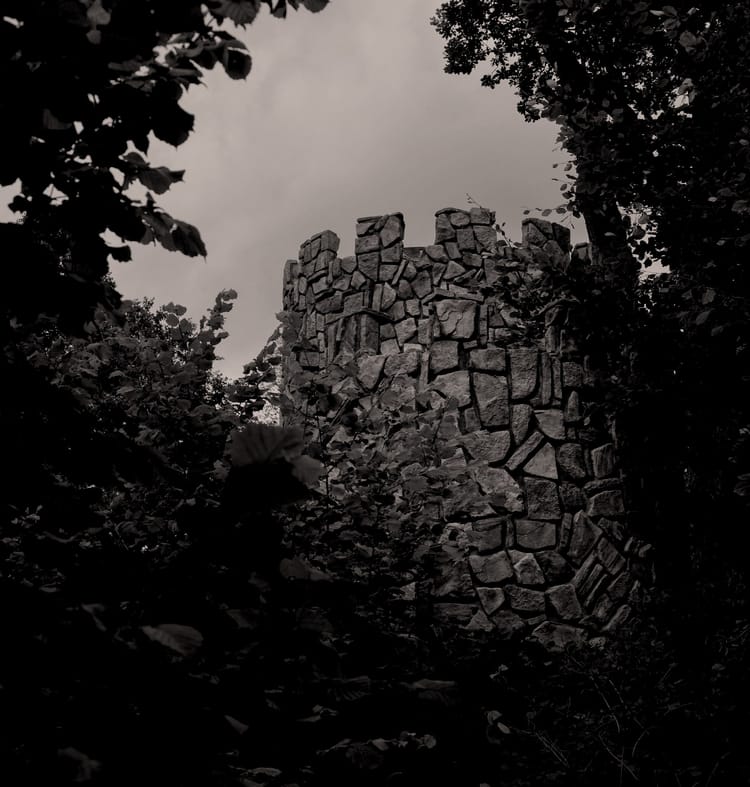
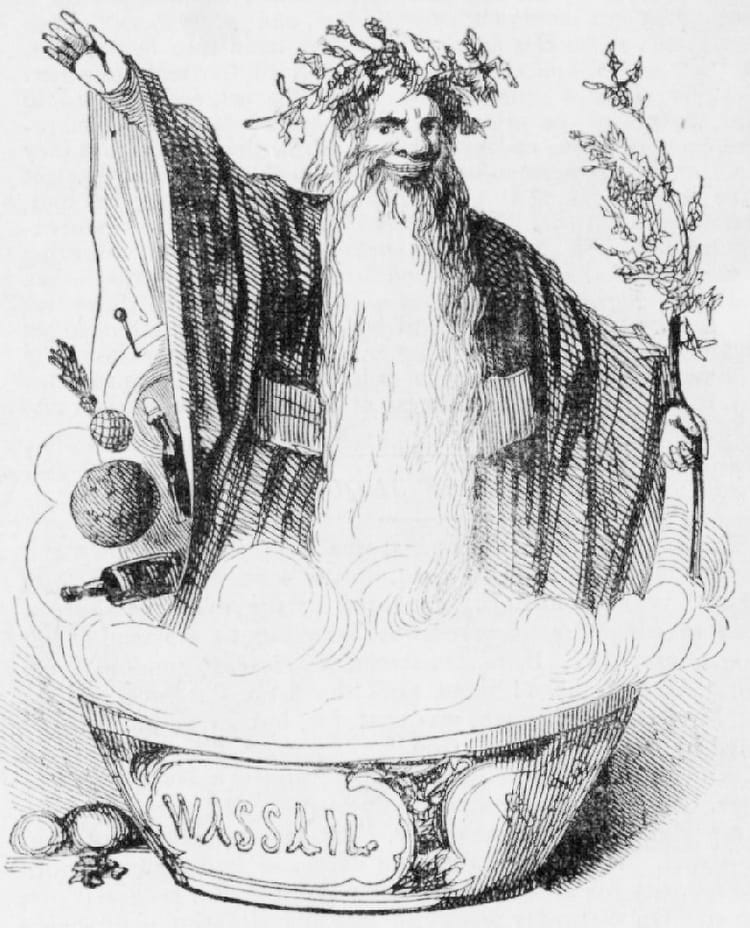
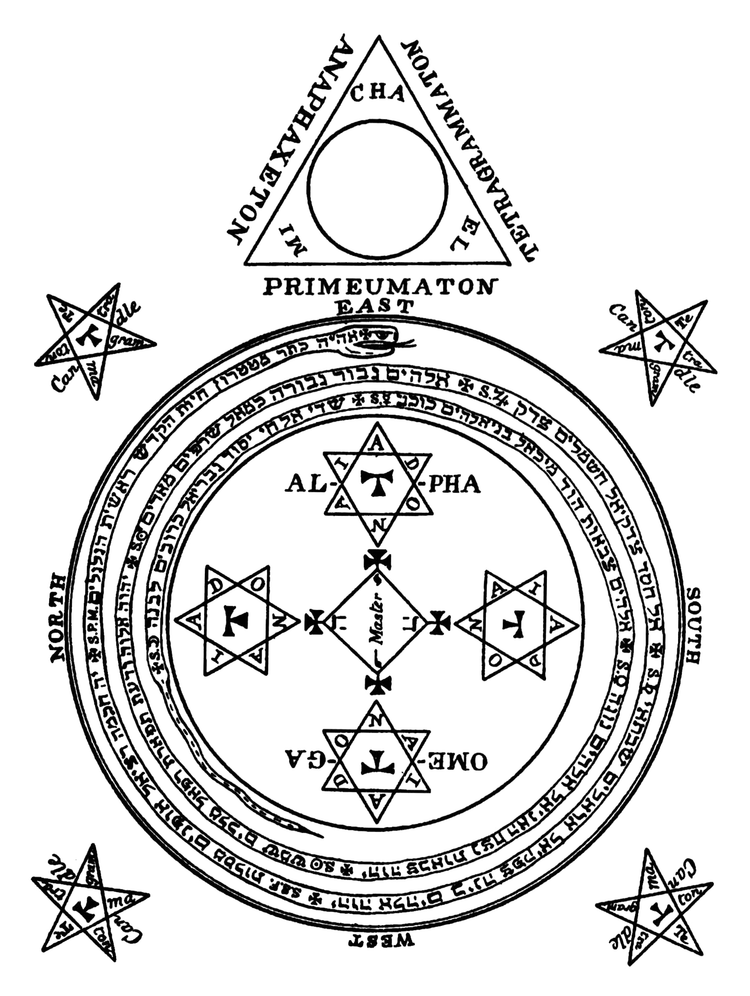

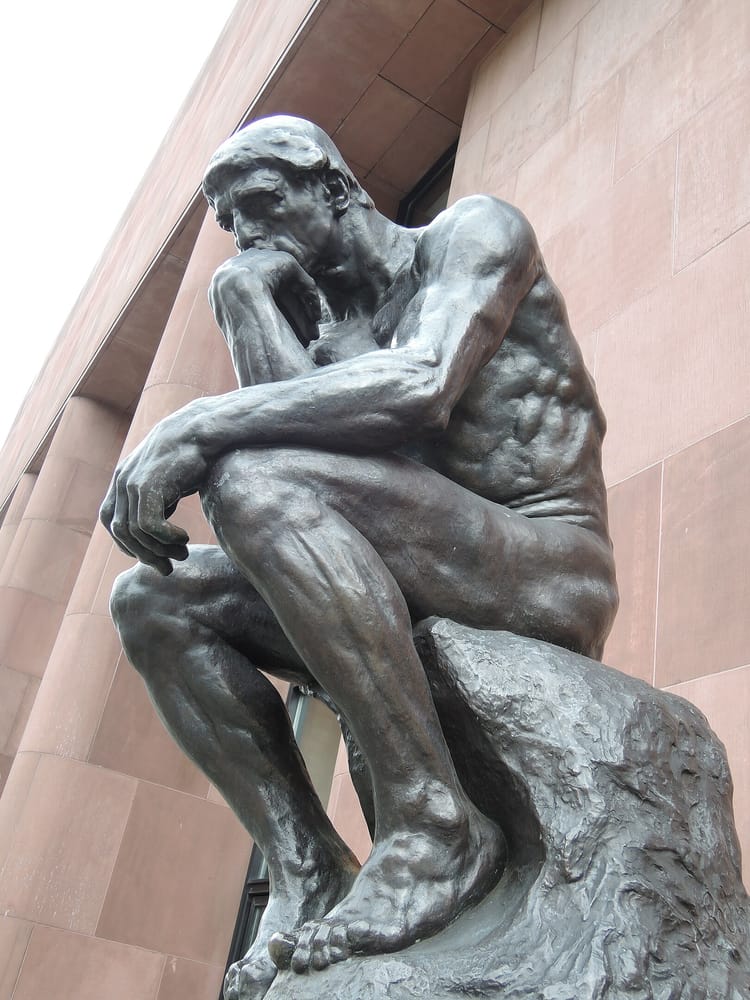
Member discussion